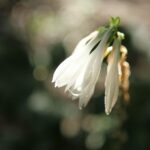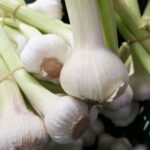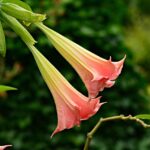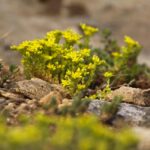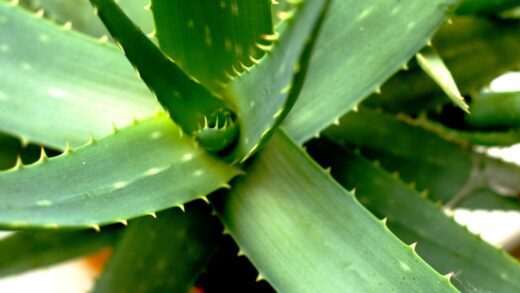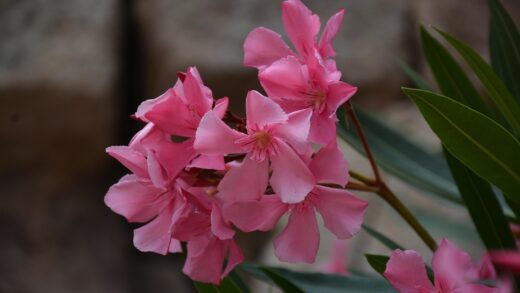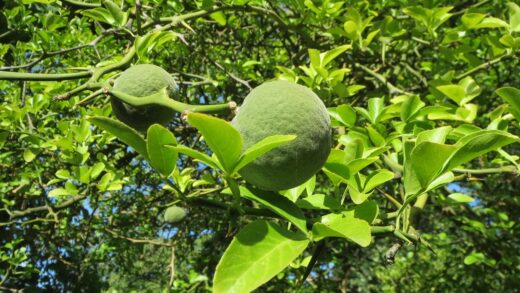Pruning celery, while it might seem daunting to novice gardeners, is actually a key agrotechnical intervention that significantly contributes to the healthy development of the plant and the achievement of an abundant, high-quality harvest. This process serves more than just aesthetic purposes; it is part of a deliberate strategy to focus the plant’s energy on growing its most valuable parts, namely the stalks or the root. Correctly performed pruning improves air circulation around the plant, thereby reducing the risk of fungal diseases, and promotes the development of thicker, crispier stalk celery or a larger celeriac root. The method and timing of this intervention fundamentally depend on whether you are growing stalk celery or celeriac, as the two types have different growth habits and uses.
The practice of pruning helps to distribute the plant’s resources more efficiently. When we remove the outer, older, or yellowing leaves, the celery no longer has to waste energy on maintaining them. Instead, it can direct all nutrients and growth hormones to nourishing the young, inner shoots or the developing root. In the case of stalk celery, this results in a more compact, flavorful, and less fibrous “heart,” which is the most valuable part on the market. For celeriac, thinning the foliage directly stimulates the growth of the root’s size, as a larger proportion of the sugars produced during photosynthesis is stored in the underground part.
Plant protection aspects are also prominent among the arguments for pruning. Dense, overlapping foliage creates an ideal microclimate for various pathogens, especially fungal infections like celery rust or septoria leaf spot. Moisture is more easily trapped between the leaves, which promotes the germination and spread of spores. By removing the outer leaves, air movement within and around the plant improves, the foliage dries faster after rain or irrigation, and thus the pressure of infection is significantly reduced.
Last but not least, pruning also facilitates pest control. The lower leaves that lie on the ground provide excellent hiding places for slugs, snails, and other soil-dwelling pests. By regularly removing these leaves, we not only eliminate their habitat but also make the plant more transparent, making it easier to spot the early presence of pests or the first signs of damage. This proactive approach allows for timely action, often avoiding the need for chemical interventions, and can be part of a more sustainable, integrated pest management system.
The ideal timing and selection of proper tools
The timing of pruning is a critical factor for success and differs for the two main types of celery. For stalk celery, pruning is an ongoing activity that starts when the plant reaches a height of about 20-25 centimeters and continues throughout the growing season. As the plant grows, the outer stalks can be continuously harvested, which in itself is a form of pruning. This regular thinning encourages the plant to grow new, tender shoots in its center, ensuring a continuous supply of fresh produce for the kitchen.
More articles on this topic
In contrast, pruning celeriac requires a more concentrated intervention, with the main period falling in the second half of summer and early autumn. During this period, the plant begins to focus intensively on growing the root, and thinning the foliage at this time has the greatest positive impact on the size of the harvest. Typically, it is worthwhile to start removing the lower, soil-lying, yellowing, or diseased leaves from early August onwards. This operation can be repeated 2-3 times until harvest, always ensuring that enough assimilating leaf surface remains on the plant.
Using the right tools is essential for making clean, precise cuts that heal quickly and minimize the risk of infection. A sharp knife, small pruning shears, or even a strong pair of scissors are perfectly suitable for the task. The key is that the cutting edge should always be clean and sharp to create an uncrushed wound surface. Some experienced gardeners simply snap off the outer stalks from the base with a firm motion, which can also be an effective method if done correctly.
Tool hygiene is crucial in preventing the spread of plant diseases. It is essential to disinfect pruning tools before and after each use, and especially when moving from one plant to another. Wiping them with a cloth soaked in denatured alcohol or a bleach solution (usually 1 part household bleach to 9 parts water) is perfectly adequate for this purpose. Wearing protective gloves not only protects your hands from injury and dirt but also helps to prevent the unintentional transfer of pathogens to the plants.
Pruning techniques step-by-step
The technique for pruning stalk celery is based on the selective removal of the outer stalks. During the process, identify the outermost stalks, which are often slightly tougher, lighter in color, or slightly yellowing. Cut these stalks as close to the base of the plant as possible with a sharp knife or pruning shears. Be careful not to damage the young, tender shoots developing in the center, as they represent the future harvest. A golden rule is to never remove more than one-third of the plant’s foliage at once, as this would stress it too much and set back its development.
More articles on this topic
For celeriac, the technique is slightly different, as the main goal here is to promote the growth of the root. Look for the lower, older leaves that are lying on the soil surface, yellowing, or showing any signs of disease. Cut these leaves off, along with the petiole, right where they emerge from the top of the root. This action not only directs the plant’s energy to the root but also, by “baring” the top of the celeriac, allows it to receive more sunlight, which some believe also stimulates its thickening and the development of better flavor.
There are typical mistakes to avoid during pruning to preserve the health of the plant. Never cut into the central part of the stalk celery, the so-called “heart,” as this destroys the plant’s growth center. With celeriac, avoid excessive leaf removal; the plant needs its green, healthy leaves for photosynthesis, which provides the energy needed for root growth. Furthermore, do not prune during the hottest part of the day, as the plant loses more water through the fresh cut surfaces, which can cause it stress.
Post-pruning care is at least as important as the intervention itself. After pruning, water the celery thoroughly to help it overcome stress and regenerate. If the soil is nutrient-poor or the plant shows signs of slow growth, a light feeding with a balanced liquid fertilizer can also be beneficial. In the following days, monitor the plant and make sure there are no signs of stress, disease, or pest appearance around the fresh wound surfaces.
Utilization of cuttings and plant protection
The trimmings produced during celery pruning are too valuable to go to waste. The outer, possibly slightly tougher stalks of stalk celery may not be ideal for raw consumption, but they are packed with intense aroma. They are perfect for flavoring stocks, soups, stews, and casseroles, where they soften during the long cooking time and release their rich flavor. Celery leaves are also edible and extremely tasty; they can be chopped fresh into salads and sauces, or dried and used as an herb, similar to parsley.
Care must be taken when composting the cut plant parts. If the trimmings are completely healthy, they can be an excellent addition to the garden compost, increasing its nutrient content and structure. However, if you notice any signs of disease on the leaves, such as leaf spot or downy mildew, or if they are infested with pests like aphids, never throw them on the compost. Such infected material can overwinter in the compost and re-infect your garden the following year. Place these parts in the municipal green waste or, where permitted, burn them.
Pruning is closely linked to an integrated pest management strategy. By regularly removing the lower leaves, you make it much more difficult for ground-level pests like snails and various caterpillars, as they lose their ideal, moist, and shady hiding places. The thinned foliage also provides a better view of the plant, making it much easier to detect pest eggs, larvae, or the first signs of damage in a timely manner. This early detection allows for targeted, often mechanical or biological control, minimizing the use of broad-spectrum insecticides.
In summary, pruning celery is a multifaceted, proactive gardening practice that goes far beyond simply tidying up the plant. This conscious intervention directly contributes to a larger yield, higher quality stalks and roots, and an improvement in the overall health of the plant. View pruning not as a chore, but as a form of dialogue with your plant, an opportunity to actively support its development to achieve the best possible harvest. The time and attention invested will be repaid in the form of a healthier, more productive garden and a more abundant, tastier harvest.







